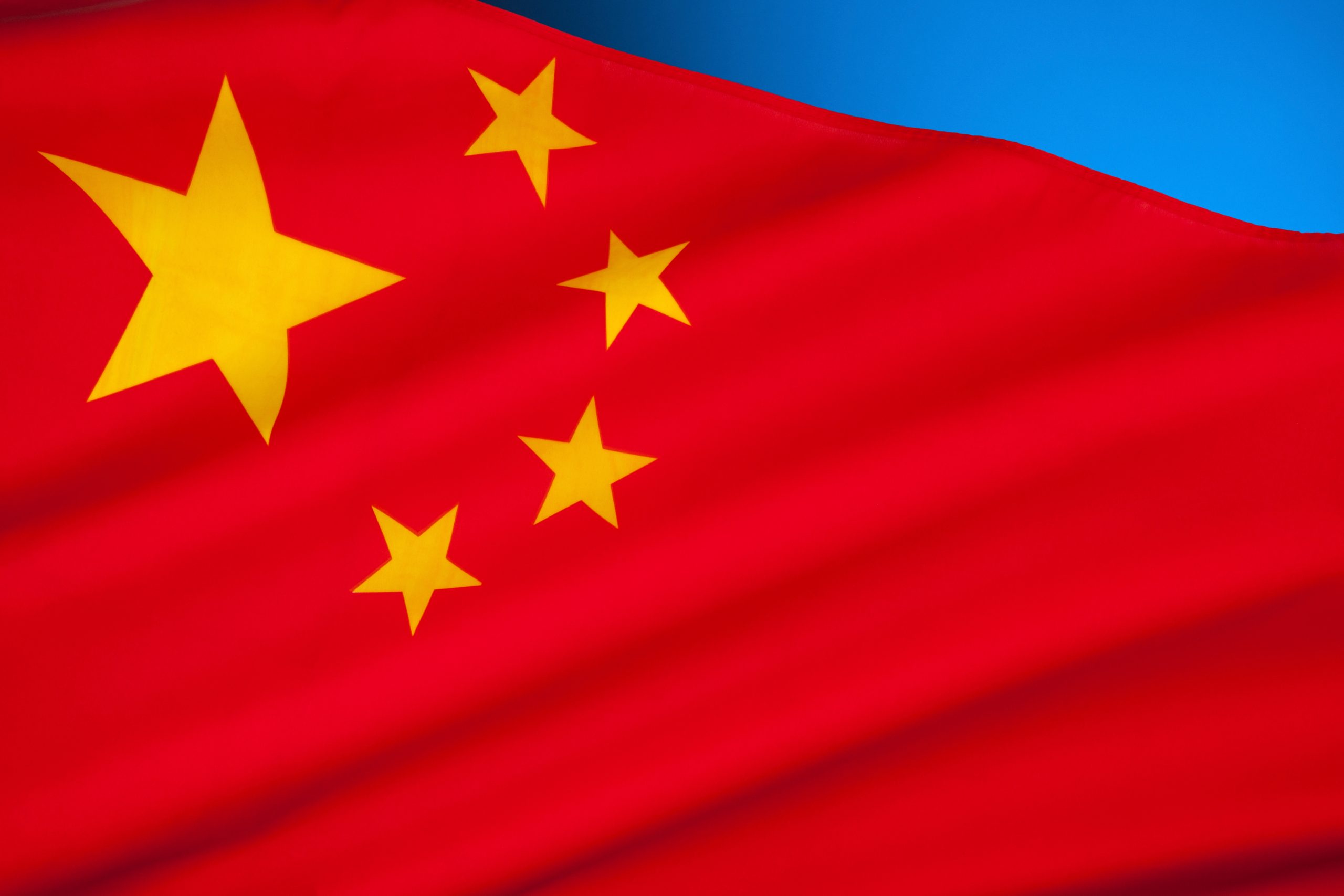
Step by step how to import from China
With the increasing volume of products circulating in trade between Brazil and China, several producers are looking to enter this expansive market. There is also an opportunity for domestic market-focused producers who can source raw materials from their manufacturing industries in order to reduce costs and maintain a more reliable supply of these materials. Let’s see, therefore, how the importation of these products works.
If you need legal assistance from our team, please message us on WhatsApp.
Author: Leonardo Almeida Lacerda de Melo
In terms of exports, Brazil has been breaking consecutive records with the growing market in China, reaching a value of 300 billion dollars in exports to the country in 2022 alone. However, even the volume of imports has shown significant growth in recent years, reaching a level of 270 billion dollars in 2022 and totaling 80 billion dollars from January to April of the following year, according to statistics from Comex Stat.
Additionally, the Chinese regime has a vast marketing apparatus that allows for systematic and, therefore, more affordable production of various goods, particularly those focused on the manufacturing industry (which are used as parts or raw materials for the final product).
How to Get Started with Importing from China
International trade is often seen as an intangible market by most producers. However, by following certain steps, it is perfectly possible to enter this market, even for small and medium-sized producers who can find suppliers for various products, either for production assistance or for the final product for resale. Let’s understand the necessary steps to enter international trade.
-
Registered Company with CNPJ:
The importer must operate on behalf of a legal entity duly registered with a CNPJ (National Register of Legal Entities). The idea of obtaining the CNPJ is to allow registration in the RADAR system, as mentioned below.
-
Registration in the RADAR system of the Federal Revenue Service (Brazilian IRS):
The next step is to register the established company in the RADAR system, which is responsible for all customs control of Brazilian companies operating in international trade.
-
Negotiation:
Negotiation is the moment when the importer exchanges information with the supplier in China, where costs, responsibilities, deadlines, and all obligations of the parties will be defined. The import contract will also define the Incoterm used, which is responsible for determining the responsibility of the logistics. It’s a delicate and relatively complex moment that requires specialized support to avoid any losses for the importer.
-
Customs Clearance:
In this stage, which occurs upon the arrival of the product at the destination port, all the necessary import documentation must be submitted to the Federal Revenue Service. This may include an Import License, if the product is regulated, as well as the payment of applicable taxes, which will be discussed in more detail below.
Taxes Incurred in Importing from China
As demonstrated, importing from China presents considerable opportunities to acquire competitively priced products, whether for direct sale in the domestic market or for the production of third-party products that may even be exported.
However, attention must be paid to the taxes incurred throughout the import process, which must be paid by the time of customs clearance in order to properly enter the imported goods into Brazilian territory. Let’s see which taxes are actually incurred.
- Importing Tax (II):
As the name suggests, this tax is exclusive to the importation of foreign products and can reach up to 60% of the final product value (including freight and insurance), according to Ministry of Finance Ordinance No. 156.
- Industrialized Products Tax (IPI):
The IPI is intended to be levied on any products that result from industrial processes and can reach up to 30%.
- PIS and COFINS:
These are taxes aimed at social financing, which contribute to the Worker Support Fund, as well as Social Security and various destinations focused on public welfare. Their total rate can reach approximately 10%.
- Tax on Circulation of Goods and Services (ICMS):
As the main revenue source for states, this tax varies depending on the state in which the importer is located, and its taxable event is the transfer of ownership of a product, which can reach up to 25%.
In addition to the mentioned taxes, it is important to consider all relevant costs related to importation, which may include international insurance, transportation costs, clearance fees, specialized assistance, payment of various fees, such as registration in the RADAR system, etc.
The Requiring of Specialized Assistance
As demonstrated, import trade offers considerable advantages in acquiring competitive products and keeping the importing company sharp in the market. However, the import process can have delicate points that may result in losses for the importer.
Proper attention should be given to the company’s regularization process. Furthermore, as the negotiation stage, and the actual importation, both of which are considerably delicate moments, require specialized assistance to avoid or minimize losses and to maintain the most favorable scenario possible for the importer, considering that international negotiations often involve higher applied value.
For this reason, legal assistance from specialized lawyers, such as those at Koetz Advocacia, is considered mandatory, starting from the company’s regularization process to the negotiation of purchases and sales.
Main Products Imported from China
When analyzing the import scenario from China, there is a significant focus on certain products, particularly in the manufacturing sector, which means those who have an intermediate role in the creation of the final product offered by the importer.
Firstly, there are fertilizers and chemical fertilizers, which together account for 9.1% of the total import values from China to Brazil. Next, there are oils and petroleum fuels, accounting for 8.6%. The list continues with various other transformation products, such as transistors used in speakers, among others.
It’s worth mentioning that a significant portion of the final product, especially soybeans that used the imported fertilizer, will be exported back to China. This fact demonstrates the maturity of international trade, which allows for the purchase of fertilizer with the intention of generating a product that will return to the original exporter.
Is Importing Worth It?
It’s commonly believed that imported products have a higher added cost than domestic products, which are produced in closer locations and whose trade is much simpler and easier to enter. However, for various reasons, many products produced in China end up being more cost-effective (and often of better quality) than those produced in Brazil, allowing for greater market competitiveness. Let’s see why.
Reduced Price Products
The first and certainly the most attention-grabbing issue is the final cost of imported products from China. Even with the value of freight between countries, Chinese products are often cheaper than Brazilian products. This is mainly due to the lower cost of labor combined with the immense scale of production, which allows for more flexible negotiation as the purchase volume increases.
Direct negotiation with manufacturers, which reduces costs related to intermediaries, also plays a role in reducing the final cost of products. When these factors, such as labor costs, large-scale business, and direct negotiation with the factory, are combined, the products end up with a considerably reduced value and become competitive in the market.
Investment in Technology and Development
Over the years, China has been increasingly investing in technology with a focus on exports. This attracts the attention of importers who seek cutting-edge machinery and goods in order to maintain the best innovations in their production processes. Combined with the reduced costs mentioned earlier, acquiring these technologies becomes a great opportunity for importers.
If you need legal assistance from our team, please message us on WhatsApp.




